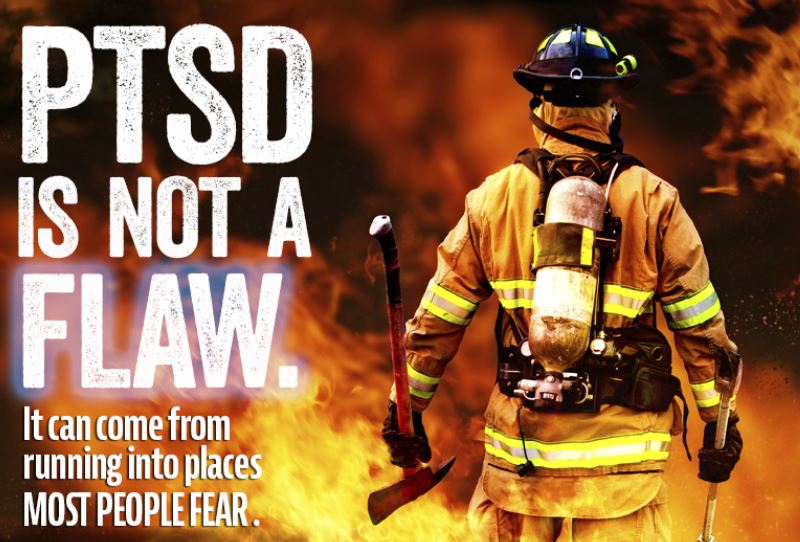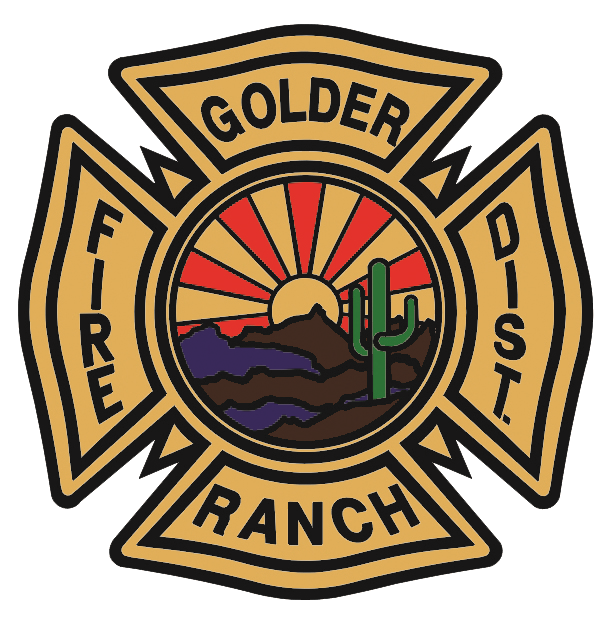PTSD
"It isn't in my past. It's in my everyday"What is PTSD?
Post-Traumatic Stress Disorder (PTSD) is a mental health diagnosis that some people develop after experiencing or witnessing a life-threatening event, combat, a natural disaster, or people dying. For first responders, we are likely exposed to potentially traumatic events (PTE’s) on a much more frequent basis due to the nature of our work.
People with PTSD have intense, disturbing thoughts and feelings related to their experience that last long after the traumatic event has ended. They may relive the event through flashbacks or nightmares; they may feel sadness, fear or anger; and they may feel detached or estranged from other people. People with PTSD may avoid situations or people that remind them of the traumatic event, and they may have strong negative reactions to something as ordinary as a loud noise or an accidental touch.
What factors affect who develops PTSD?
PTSD can happen to anyone and is not a sign of weakness. A number of factors can increase the chance that someone will have PTSD, many of which are not under that person’s control. For example, having a very intense or long-lasting traumatic event, responding to a pediatric code, or getting injured during an emergency can make it more likely that a person will develop PTSD. Personal factors such as previous traumatic exposure, age, and gender, can affect whether or not a person will develop PTSD. What happens after the traumatic event(s) is also important. Stress can make PTSD more likely, while social support can make it less likely.
Four Categories of PTSD Symptoms
Specific symptoms can vary in severity.
- Intrusive thoughts such as repeated, involuntary memories; distressing dreams; or flashbacks of the traumatic event. Flashbacks may be so vivid that people feel they are re-living the traumatic experience or seeing it before their eyes.
- Avoiding reminders of the traumatic event may include avoiding people, places, activities, objects and situations that bring on distressing memories. People may try to avoid remembering or thinking about the traumatic event. They may resist talking about what happened or how they feel about it.
- Negative thoughts and feelings may include ongoing and distorted beliefs about oneself or others (e.g., “I am bad,” “No one can be trusted”); ongoing fear, horror, anger, guilt or shame; much less interest in activities previously enjoyed; or feeling detached or estranged from others.
- Arousal and reactive symptoms may include being irritable and having angry outbursts; behaving recklessly or in a self-destructive way; being easily startled; or having problems concentrating or sleeping.

Signs of PTSD
PTSD is very real, and many of us suffer from it but have never been clinically diagnosed. It is our job as fellow firefighters, officers and chiefs to look for the signs of PTSD and help sufferers get the help they need. Some of the signs include:
- Anger and irritability
- Guilt, shame or self-blame
- Substance abuse
- Feelings of mistrust, betrayal, alienation and loneliness
- Depression and hopelessness
- Suicidal thoughts and feelings
- Physical aches and pains
For a firefighter, these symptoms could come on rapidly, or they could take weeks or years to appear. We owe it to every one of our brothers and sisters on the job today to not only keep them physically healthy but also mentally healthy.
PTSD Treatment
How is PTSD treated? Click on the link below to see various ways PTSD can be treated.
https://www.verywellmind.com/ptsd-treatment-2797659
It is okay for us to have an emotional reaction to a traumatic event. Understand that you can talk about it with the GRFD peer support team or with medical professionals who are educated in treating PTSD (EAP). It is very possible that there are members of our department, or even you, who may be suffering from PTSD—there is no shame in this.
PTSD is real and can tear a family apart, cause you to lose your job or even drive some to suicide. We encourage everyone to reach out to one another after each dispatch and talk. Watch for the warning signs and be there for one another.
FOR AN EMERGENCY SITUATION NEEDING ASSISTANCE ASAP – CONTACT 911
Disclaimer
The information provided is just a resource and should never be substituted for professional help.
If you are in need of assistance, please click the Jorgensen Brooks – EAP button to get information about the resources available.
